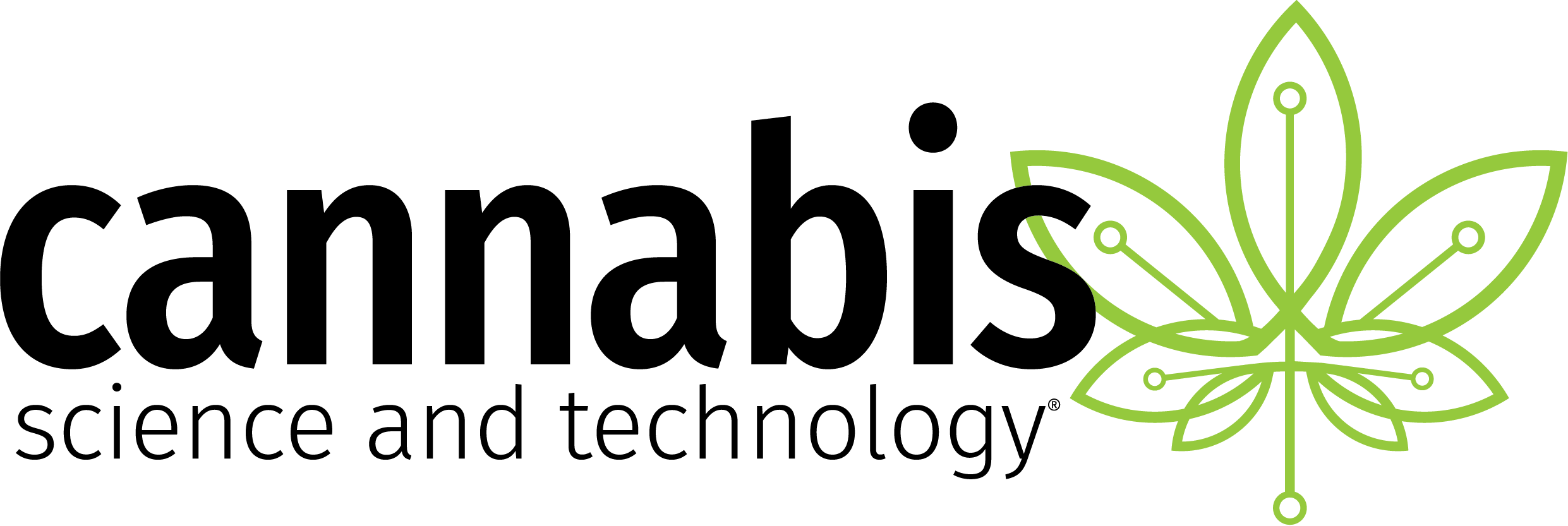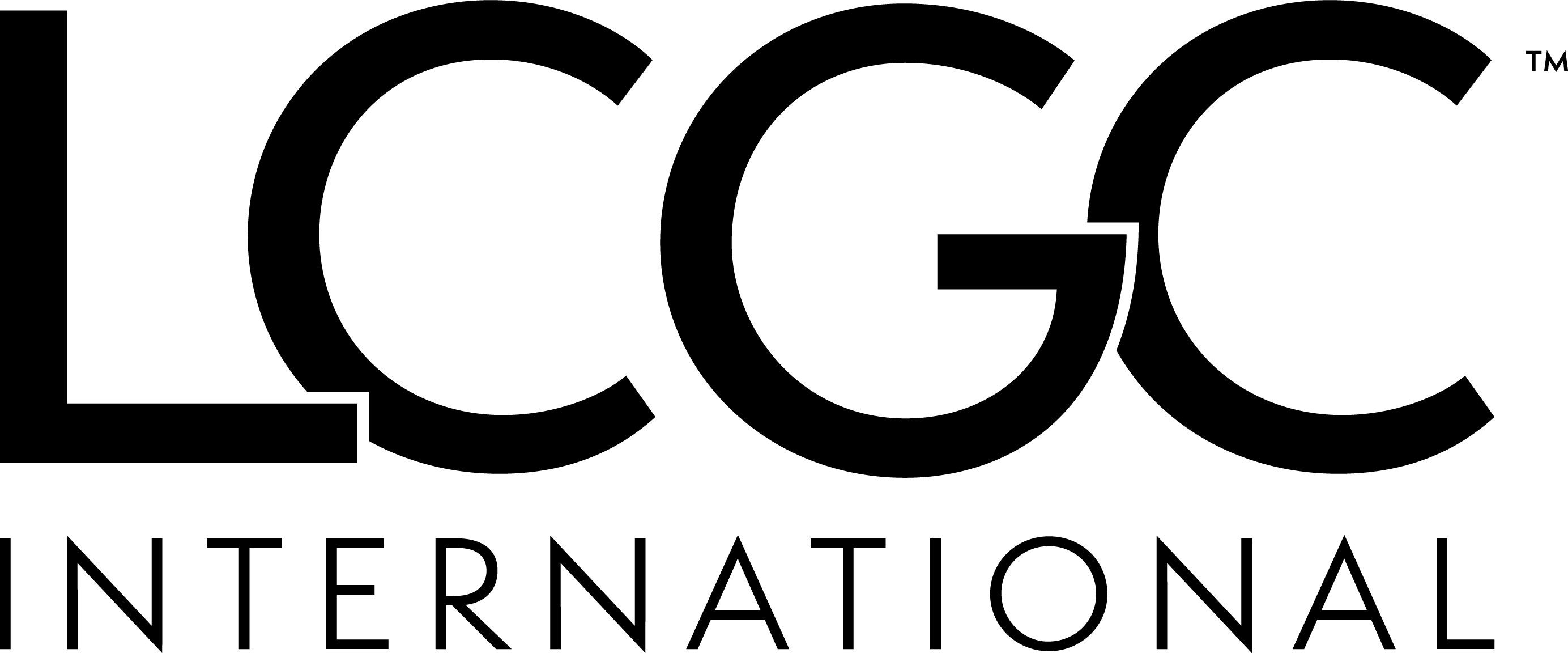Analysis Shows Differences in COVID-19 Vaccine Trial Recruitment
Analysis from Phesi shows the enrollment and effectiveness of two current COVID-19 vaccine trials conducted by global pharmaceutical development companies.
Analysis from virtual clinical development specialist Phesi shows the enrollment and effectiveness of two current COVID-19 vaccine trials conducted by global pharmaceutical development companies. On the surface, both trials appear to be on track to complete enrollment, however, looking deeper, there is a significant difference in the Site Effectiveness Index (SEI) between the two, with trial A scoring 84 percent and trial B scoring 39 percent. SEI is a metric to measure how effectively a clinical trial site activation process is executed.
Trial A completed enrollment on October 22, 2020, with 30,000 subjects, activating 99 sites in three months. After adjustment for site activation, each site enrolled 4.15 subjects per day. Trial B has activated 149 sites by October 22nd, 2020 but has been recruiting for over five and a half months.
Dr. Gen Li, President of Phesi, commented, “We estimate that it will take 175 sites to be activated and six months for Trial B to enroll its target of 43,998 subjects. If we make the same site activation adjustment (SEI 42 percent) it would enroll 3.75 subjects per day, significantly lower than Trial A.”
Figure 1. Trial A
Figure 2. Trial B
“This difference contributes significantly to the disparity in the observed SEI levels between the two trials, but another contributing factor is that Trial B has implemented a number of protocol amendments. Making protocol amendments is a known factor in many trials exceeding their projected timeframe and budget,” said Dr Li.
The amendments to Trial B included reducing the restrictions on the age of subjects and altering the target number to enroll from 8640 patients, to 7600, then 32,000, then 29,481. It now targets to enroll 43,998 subjects. Trial B also has an adaptive trial design, which should theoretically lead to an overall shorter development cycle, bringing the vaccine to patients faster – but often at the expense of higher financial costs.
“The data from the two trials show that in the hunt for a COVID-19 vaccine, there is varying success in activating investigator sites and enrolling patients, which must be tackled to accelerate development,” continued Dr Li. “In this comparison, the difference of enrollment cycle times between the two trials is three months vs. six months – a considerable time period in a global pandemic. Bringing innovative and life-saving medicines to patients is complicated and capital intensive. The solution to improving SEI and accelerating development requires a deep understanding of real-time, dynamically refreshed data and a forensic examination of the
Newsletter
Stay current in clinical research with Applied Clinical Trials, providing expert insights, regulatory updates, and practical strategies for successful clinical trial design and execution.


.png)



.png)



.png)
.png)
